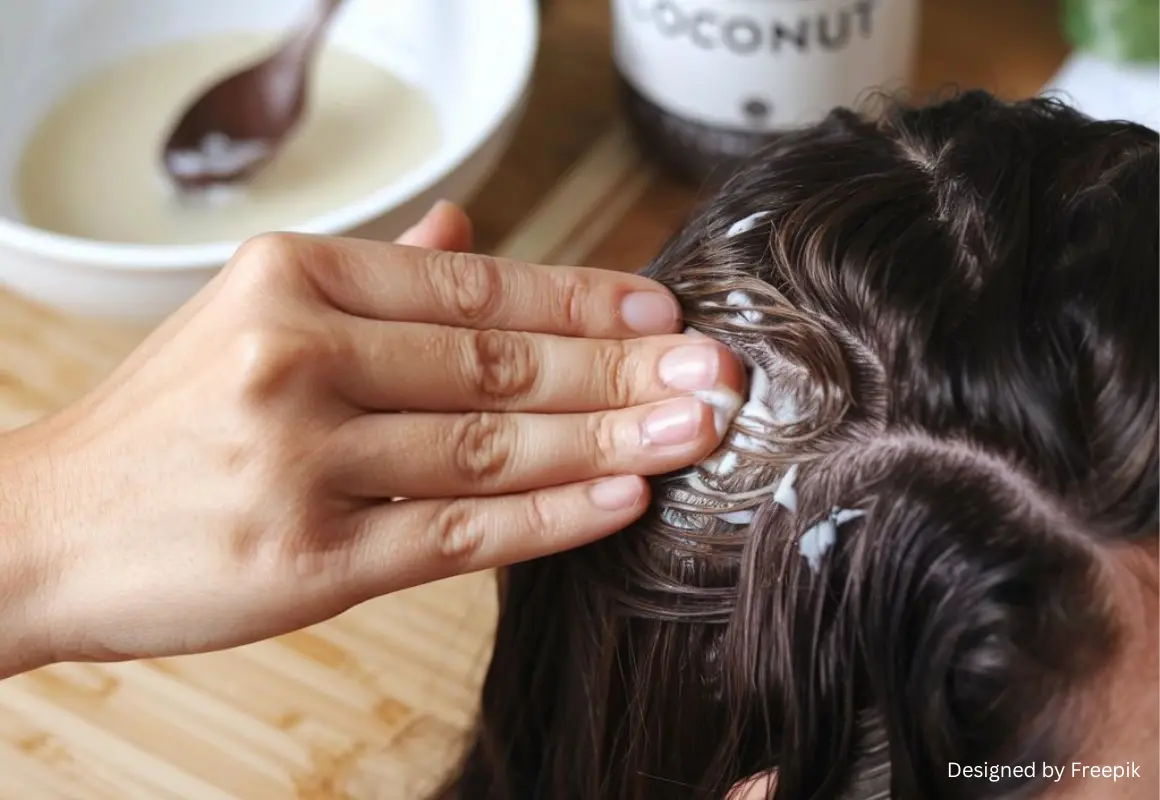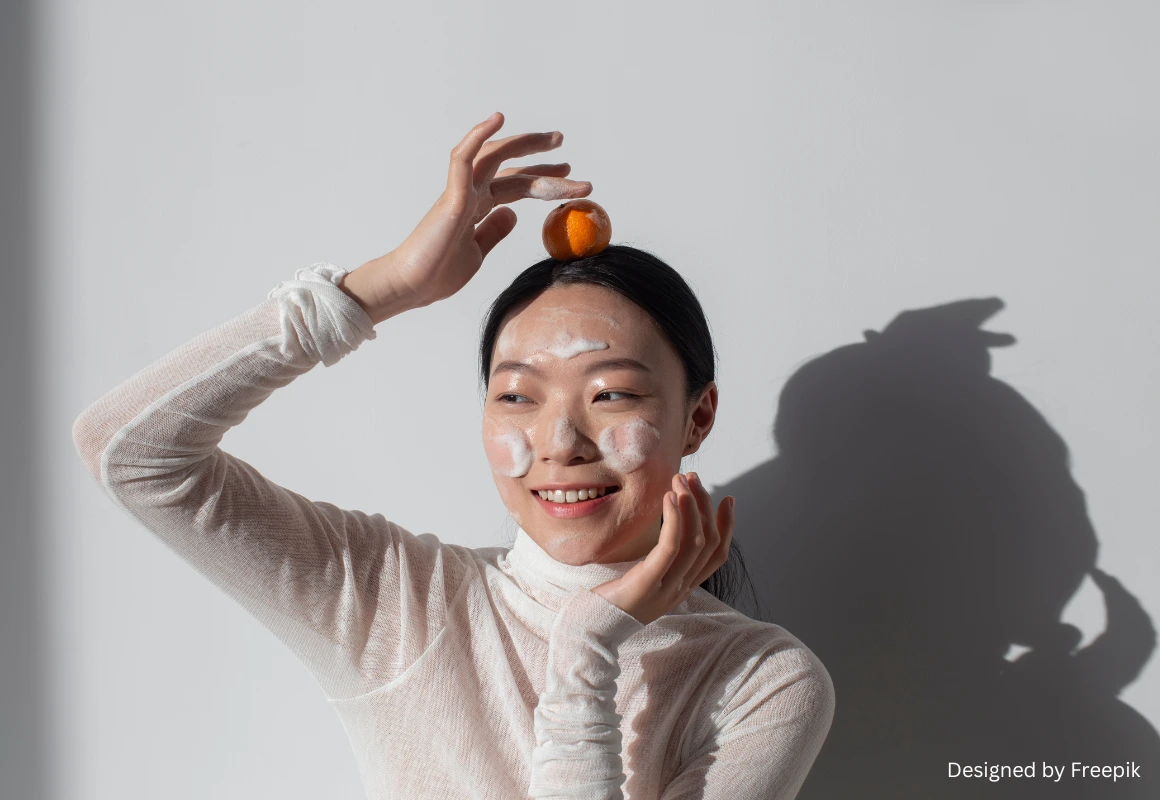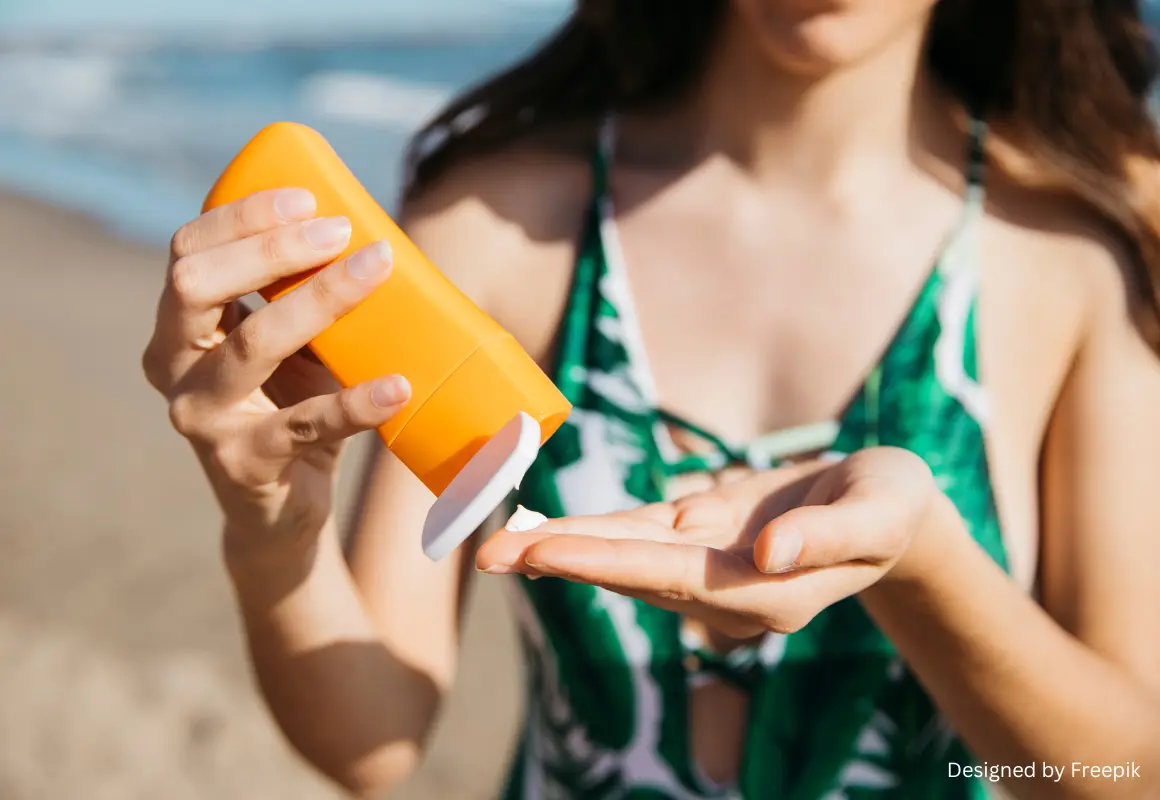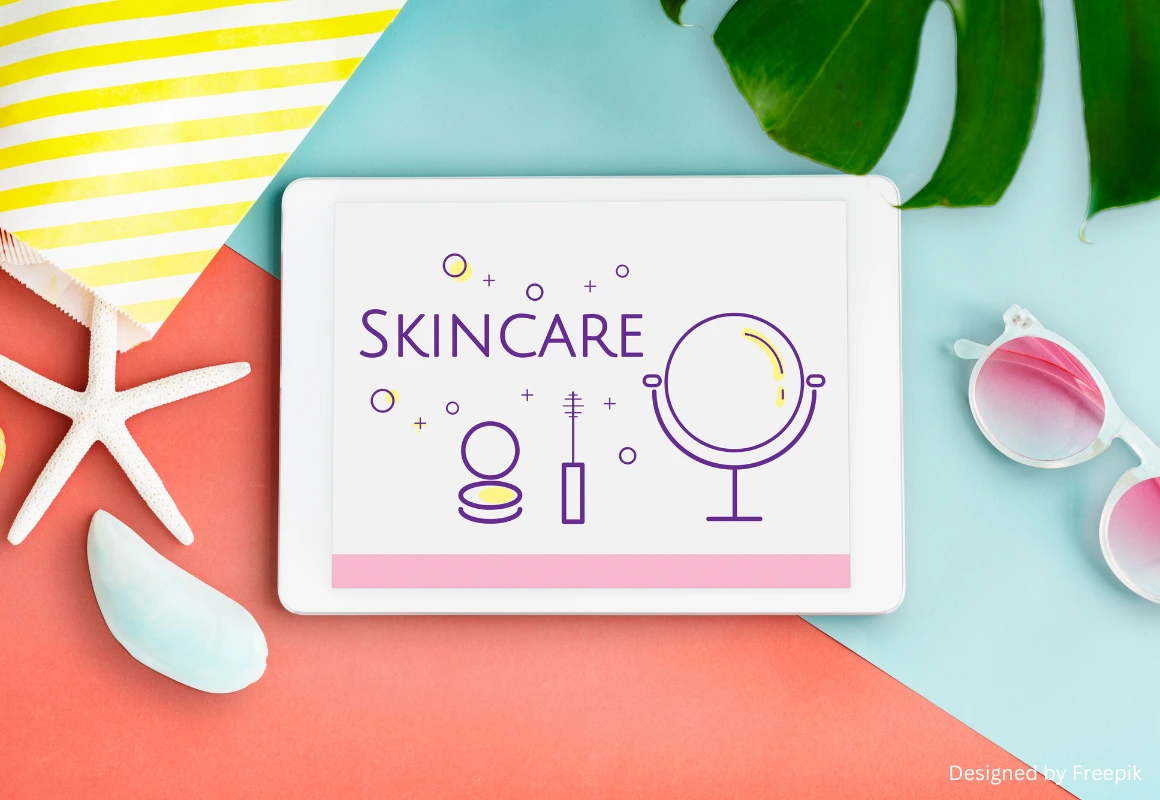The Power of Herbal Cosmetics for Skin and Hair Care

The Power of Herbal Cosmetics for Skin and Hair Care
In a world leaning towards organic and eco-friendly solutions, herbal cosmetics are emerging as a popular choice for maintaining healthy skin and hair. With rising concerns about synthetic chemicals in beauty products, consumers are embracing formulations rooted in natural ingredients. This article explores the benefits, preparation, and application of herbal cosmetics in skincare and hair care, focusing on botanical extracts and bioactive compounds.
Why Herbal Cosmetics Are the Future of Skin care and Hair care
The personal care industry has witnessed a paradigm shift towards herbal products due to the rising demand for natural alternatives. Synthetic chemicals, widely used in cosmetics, are often linked to side effects such as skin irritation and environmental damage. As a result, the need for safer, plant-based solutions is growing.
Herbal cosmetics differ from regular cosmetics because they incorporate bioactive plant extracts known to improve skin health and appearance. Many traditional medical systems, including Ayurveda, Siddha, and Unani, have long utilized botanical ingredients for their therapeutic effects. Modern formulations now blend these natural elements with cosmetology to enhance their efficacy and cater to today’s beauty standards.
Crafting Herbal Cosmetics: A Blend of Tradition and Innovation
Creating herbal cosmetics involves a combination of traditional recipes and advanced processing techniques. The process ensures that the bioactivity of plant ingredients is preserved, even after multiple stages of production. Below are key elements involved in herbal cosmetic formulation:
Selection of Botanical Ingredients.
● Ingredients are chosen based on their bioactive properties, such as antioxidants (curcumin from turmeric), essential oils (from lavender and chamomile), and vitamins (like Vitamin C from citrus extracts).
Types of Products:
● Skin Care: Face creams, lotions, moisturizers, and face packs.
● Hair Care: Hair oils, shampoos, conditioners, and herbal tonics.
Quality Control Parameters:
● Manufacturers evaluate pH balance, viscosity, stability under different environmental conditions, and bioavailability of active ingredients.
Testing for Efficacy:
● Clinical testing ensures safety and confirms the product's effectiveness in maintaining skin health or promoting hair growth.
Natural Ingredients That Transform Your Skin and Hair
Skin Care Benefits
Herbal extracts play a critical role in maintaining healthy, youthful skin. For example:
● Aloe Vera: Known for its wound-healing properties, it soothes burns and moisturizes the skin.
● Neem (Azadirachta indica): An antibacterial agent effective against acne and skin infections.
● Turmeric (Curcuma longa): Contains curcumin, which has antioxidant and anti-inflammatory properties that fight wrinkles and pigmentation.
Hair Care Benefits
Herbal hair products are equally effective in nourishing and protecting hair from damage:
● Shikakai (Acacia concinna): A natural cleanser that controls dandruff and adds shine.
● Henna (Lawsonia inermis): A natural dye that also conditions the hair.
● Amla (Phyllanthus emblica) Promotes hair growth and prevents premature greying with its rich Vitamin C content.
Conclusion – A Promising Future for Herbal Cosmetics
The increasing awareness around the benefits of herbal ingredients in cosmetics is driving significant growth in this industry. Herbal cosmetics provide a holistic approach to personal care by nourishing the skin and hair while minimizing exposure to harmful chemicals. With more consumers leaning towards sustainable and eco-friendly beauty products, the future of herbal cosmetics looks promising.
To fully leverage the potential of herbal ingredients, the industry needs to invest in research and development. Collaboration between scientists, cosmetic manufacturers, and traditional medicine practitioners can pave the way for innovative formulations that meet modern needs.
● Chopra RN, Nayar SL, Chopra IC. Glossary of Indian Medicinal Plants. CSIR, New Delhi, 1956.
● Kapoor VP. Natural Colours: Diversified Applications and Prospects.
● D’Amelio FS Sr. Botanicals: A Phytocosmetic Desk Reference. CRC Press, London,
● Scartezzini P, Speroni E. Review on Indian Traditional Plants with Antioxidant Activity, Journal of Ethnopharmacology, 2000.
● Thakur RS, Puri HS, Hussain A. Major Medicinal Plants of India. CIMAP, Lucknow,







.webp)

